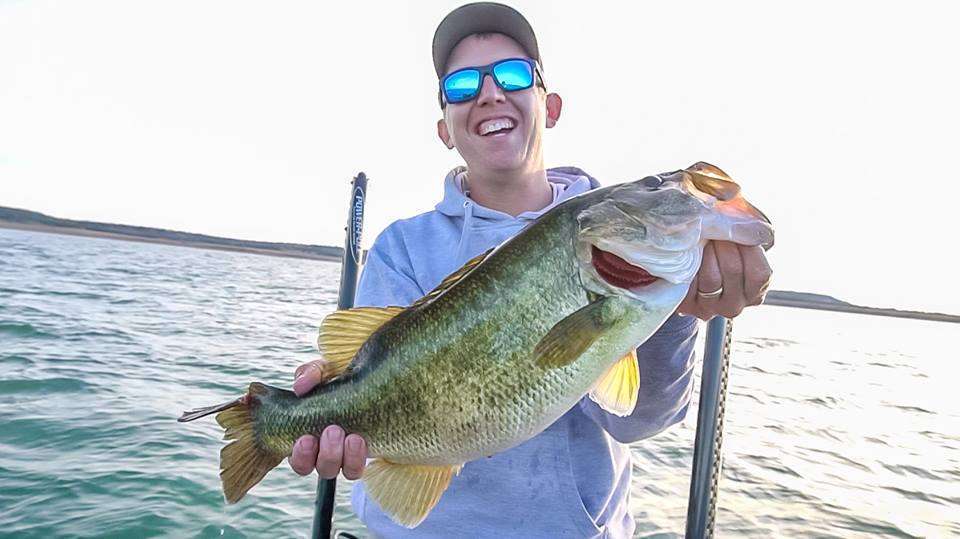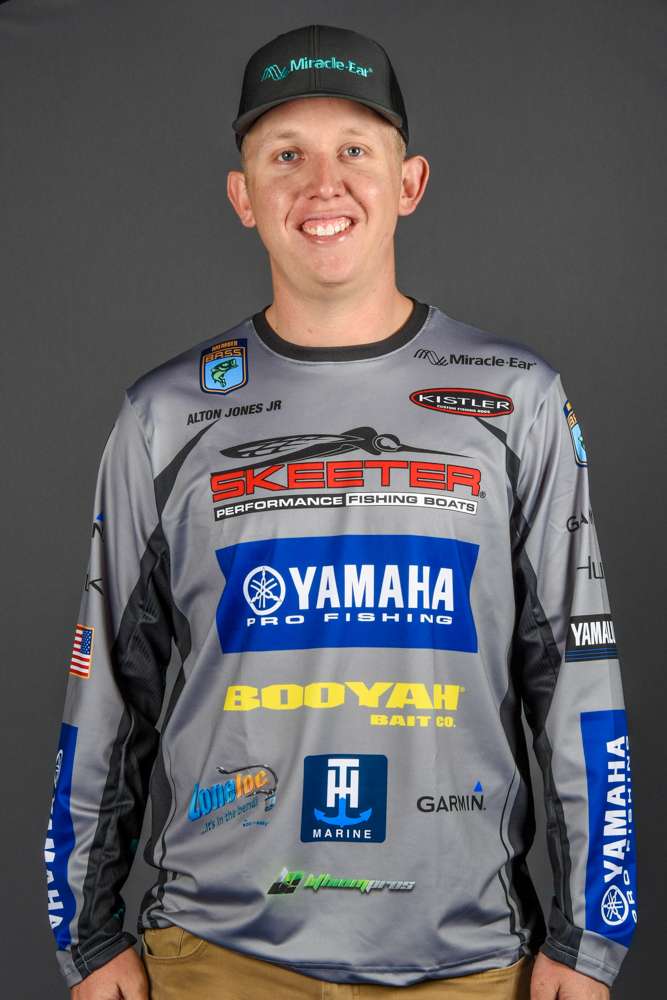
Spawning bass can offer one of the most rewarding challenges an angler will face all year. I feel like a lot of people talk about how to catch spawning bass, but there’s not a lot out there on how to locate them.
For me, it’s important to start with the understanding that lakes usually spawn in stages. The spawn starts up the rivers, in the backs of creeks and in the backwaters. When the spawn’s ending in these areas, it can be starting down on the main lake.
On the main lake, I like to sight fish 90 percent of the time because it has the clearest water. The downside is that the clearest water is the slowest water to warm up, so finding these fish can be tricky. That’s because it’s not as automatic as in your backwaters, where the sun comes out, you have one 70-degree day and the water jumps 5 degrees.
It takes a lot of time for clear water to warm and one of the biggest factors is the wind. That may not be a common thought, but in my experience, wind has just as big an influence on water temperature as the sun.
Geography factors here, as well, and anything that is exposed to a south wind will be at least 5 degrees warmer than anything on the south side of the lake that is exposed to the north wind. On a main body of water, I’ve seen it where, on the north side of the lake, the bass are spawn-to-late spawn, and on the the south side, the fish have not begun spawning.
This time of year, we’re still experiencing the lingering effects of winter, and there’s kind of a battle between the transitioning seasons. You’ll have the really warm days when spring tries to come in, the wind blows really hard out of the South and those are your warm, typically sunny days. The top layer of water is going to warm fastest and that wind is going to push that warm layer of water to the side of the lake that’s exposed to the south wind.
Conversely, when you have a cold front and you have that strong north wind, you’re going to have that top level of water cooled and pushed to the far side of the lake. You’re going to see a 5- to 6-degree temperature change from a north-facing pocket to a south-facing pocket.
Consider also that flatter areas will warm quicker than the deeper water of a steeper bank. That being said, I’d point out that a big fish doesn’t act like all the rest, so I always want to have deep water close to me.
A big fish isn’t going to move up and stay there for a couple of weeks; she’s going to come up for a day or two at a time and then go back to the comfort of deep water.
Two final points:
Moon phases: A lot of people live and die by the full moon, but early in the spawn, it doesn’t dictate as much as water temperature. Once the weather stabilizes and the fish are already coming up, the full moon definitely triggers spawning, but water temperature is the early key. Of course, I’d prefer to have a full moon line up with the right water temperature, but if I have to choose, I’m going with water temperature.
Spawn baits: For clear water sight fishing, I always keep an 8- to 10-inch glide bait on my deck. I can cast this bait out to the deeper water and bring it shallow. I won’t expect to catch a lot of fish this way, but I’ll have big females follow it, and then I can target them more easily.
I like a YUM Money Craw a YUM Dinger or a YUM Christie Craw for spawning fish, but I’m a little different than most. Instead of white, I like natural colors like green pumpkin.
I’m pretty sure bass have never seen a white crawfish. I think some anglers get too comfortable seeing their bait, but with experience, you’ll learn to tell where your bait is, even if you can’t see it. The advantage then, is that these natural colors give you a greater chance of getting bit.

